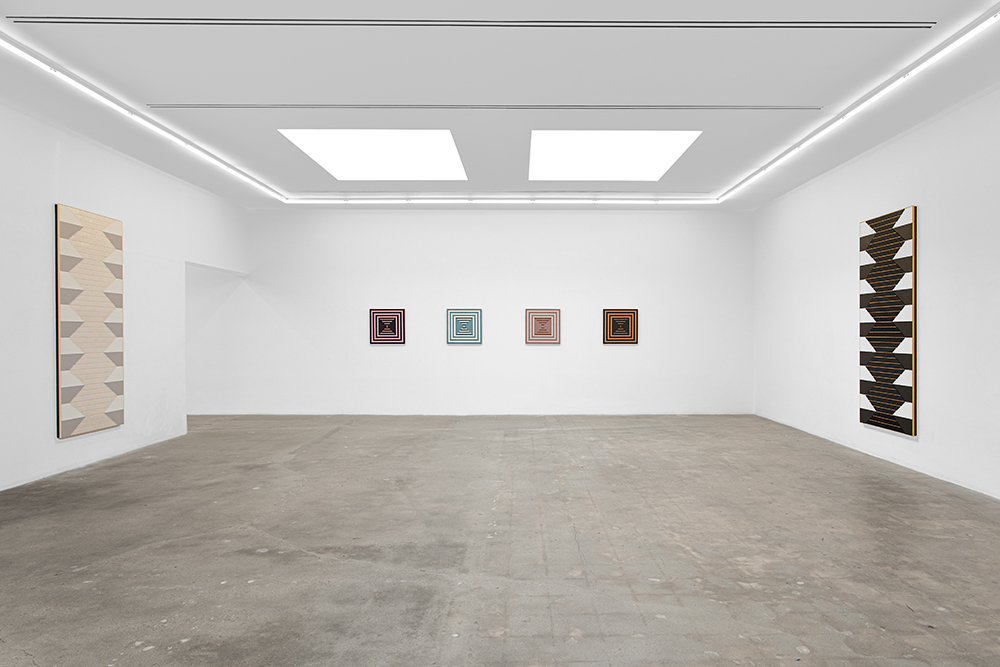A celebrated episode of the groundbreaking Native television series Reservation Dogs takes a harrowing look at life inside an Indian boarding school, where strict Catholic nuns do their best to indoctrinate Native children into Western culture by punishing them whenever they speak their own languages. Strikingly, in this episode the nuns’ own speech is rendered backwards, conveying both the terrified children’s inability to comprehend it and an ironic reference to demonic horror films. The technique, however, actually hearkens back to a practice of Old Hollywood: In some Westerns, Native actors would say their lines in English, but the sound engineers would run the lines backwards, producing a gibberish that, in the minds of the filmmakers, approximated the sounds of Native speech. Such practices highlighted the extent to which Western filmmakers “othered” cultures that were not European in origin, equating them to nonsense, as well as the larger historic tragedy of the loss of so many Native languages to settler colonialism.
This terrible loss is directly addressed by Dyani White Hawk, who is Sičáŋǧu Lakota, in “LISTEN” (2020), a series of videos that captures Native women speaking a variety of traditional languages—Seneca, Dakota, Ojibwe, Tiwa and others—against the background of their homelands. In each video the camera pans across fields and mountain ranges while a Native woman speaks—reminiscing, praying, chatting—with no subtitles to accompany her. An accompanying didactic text asks viewers to listen and reflect on what they’re hearing, pointing out that the so-called living languages of this world are familiar to many, while the languages here are only known to a precious few.

Dyani White Hawk, “Reflection,” 2023 (installation view), Courtesy of the artist and Various Small Fires, Los Angeles / Dallas / Seoul.
These videos are remarkable because they foreground the sounds of Native languages for viewers, the majority of whom, like myself, have never heard them. I can trace the Latin or Germanic roots of many European languages as well as the various cadences of Asiatic languages, but the rhythms and sounds of Native speech are entirely new to me—a testament to the degree of their erasure. By presenting these videos in museum and gallery settings, White Hawk begins to chip away at our prevailing ignorance toward the original stewards of American lands, and to slowly bring the sounds of Native speech out of the shadows.
“Reflection,” White Hawk’s first solo exhibition with Variou Small Fires, also featured a number of abstract, geometric, two-dimensional works that incorporate traditional Lakota patterns, materials and techniques. These works instantly recall the modernist paintings of such artists as Barnett Newman and Frank Stella, and White Hawk has said that she counts modern abstract painting among her influences. At the same time, however, her exquisitely crafted multimedia works subvert the modernist values of individual genius and formal innovation by centering the collaboration that is necessary to produce them and honoring abstraction as an ancient art form practiced by Indigenous communities all over the world. Like the “LISTEN” videos, White Hawk’s paintings function as a corrective measure that restores agency and presence to Native practices.


